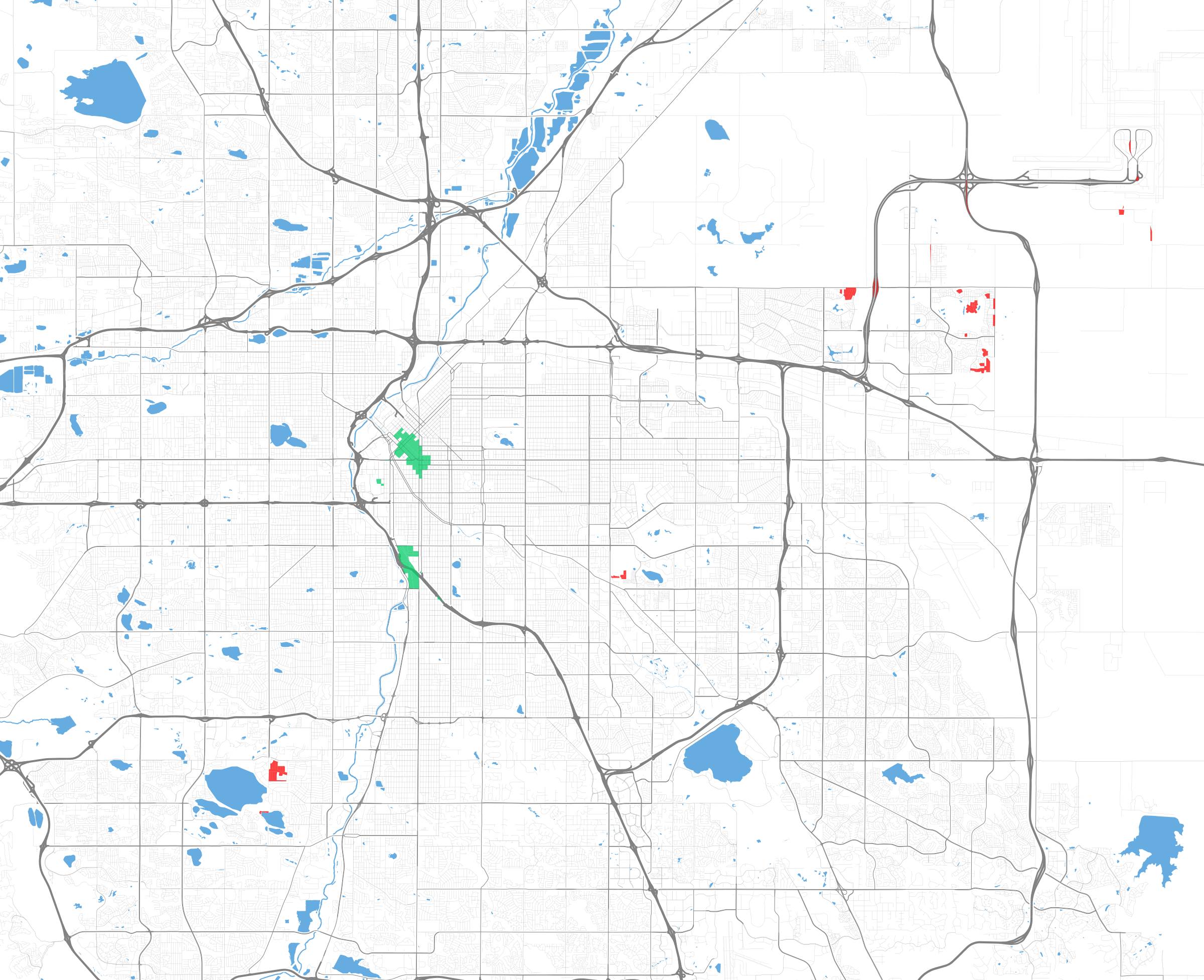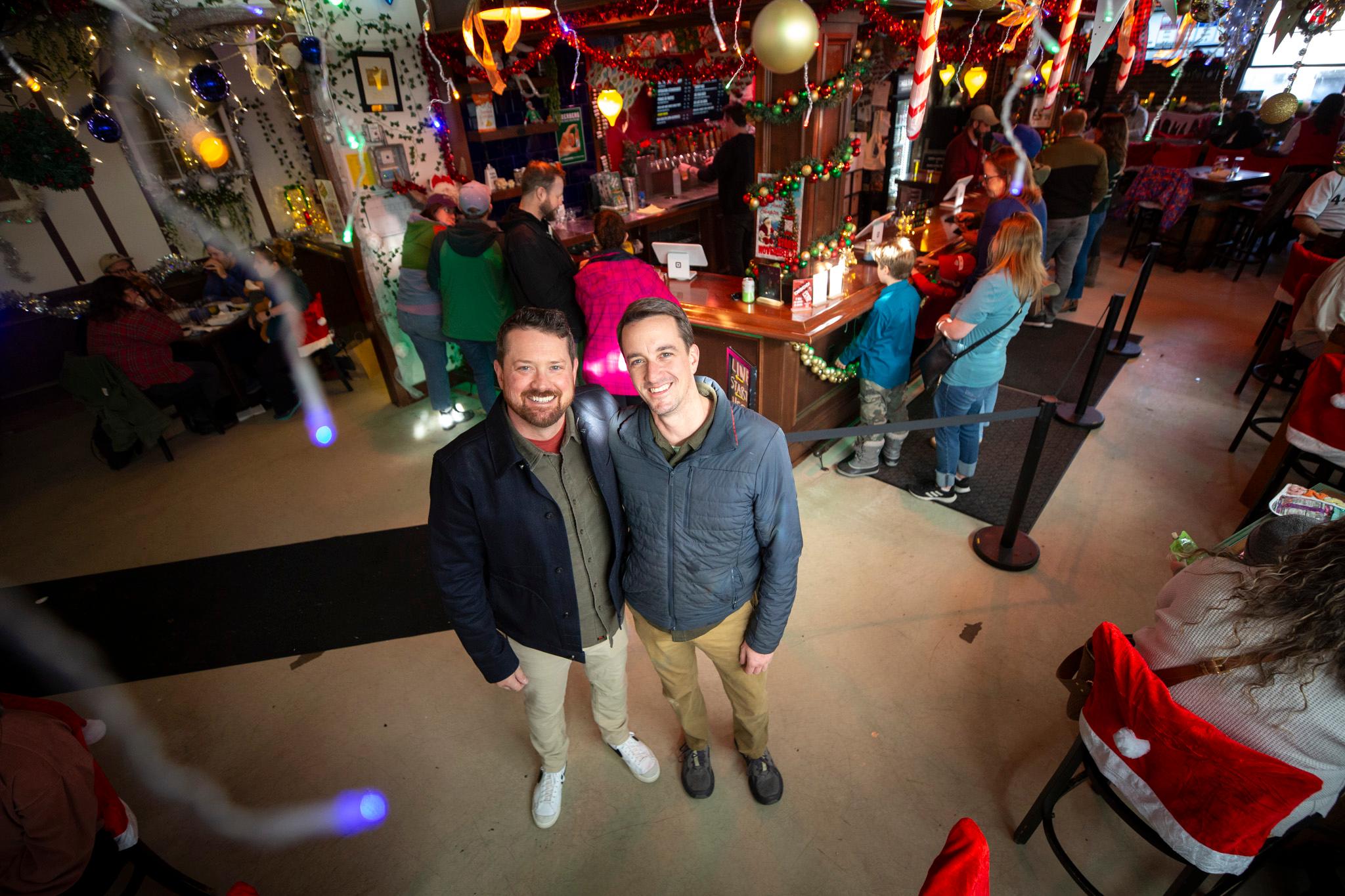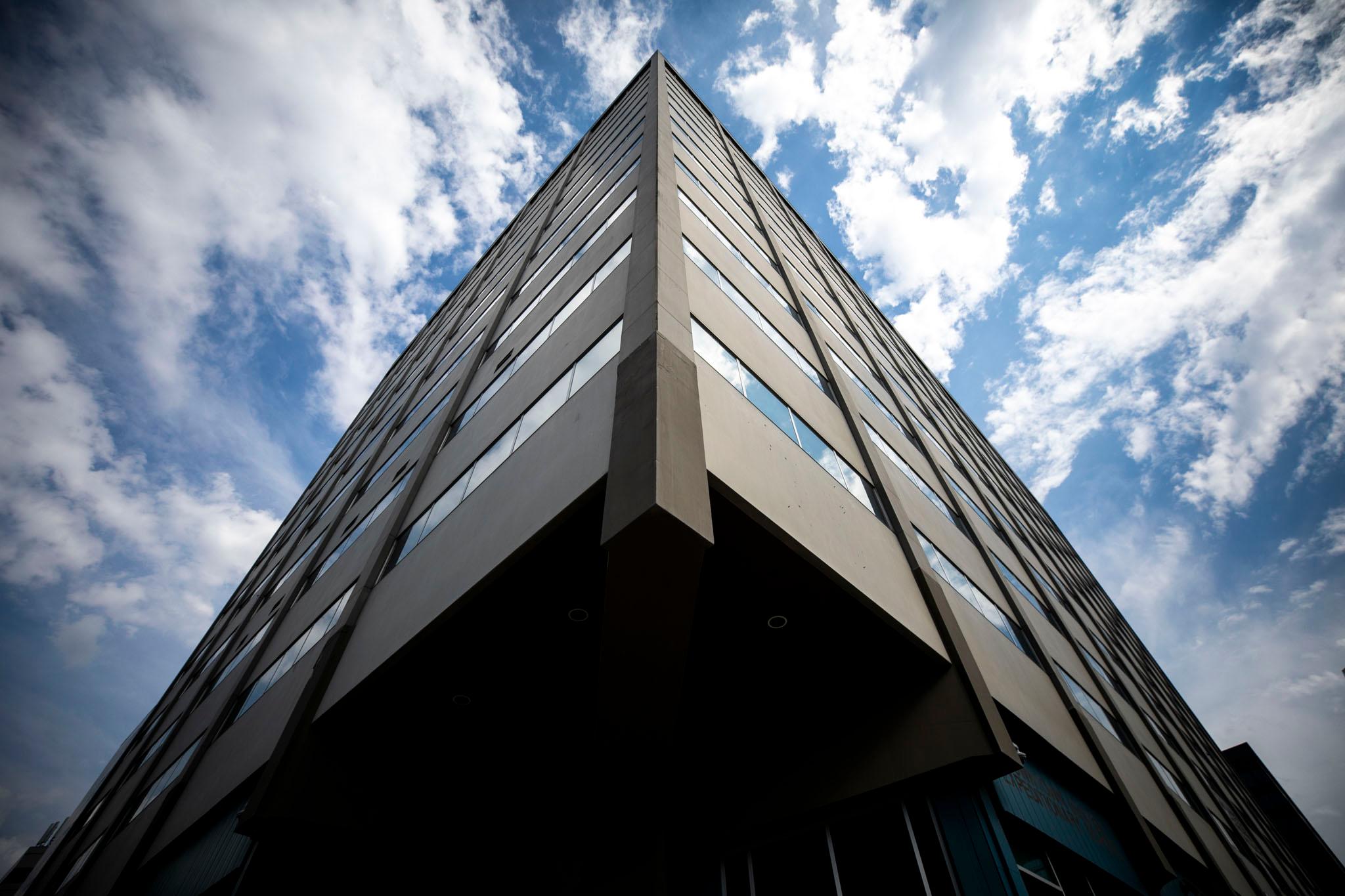Previously in Map Week: If you think Denver's weirdly shaped, wait'll you see the islands of not-Denver in Denver.
Deserts exist in Denver.
Not the kind where you're wandering in the blistering sun searching for water and a cheeseburger, but the kind where buses and trains are so rare, if you see one, you might think it's a mirage. They're transit deserts, where service from the Regional Transportation District is sparse.
There's also a transit oasis, where RTD buses and trains seem to rain down from the heavens every few minutes.
The goal of this Map Week story was to pinpoint the absolute worst home in the city to access transit, and the absolute best. And I think we pretty much did it!
As with most mysteries, this one started with an unhealthy obsession.
Moving seamlessly and affordably throughout Denver without having to drive is my personal and civic dream, so government policy, priorities and research that affect that dream are close to my heart, right next to my pocket protector. I looked at some city documents and placed my bet on some house in southwest Denver earning the city's worst transit rep and a home at Union Station earning the best.
I may be addicted to transit stuff, but reporters need to report. I contacted America's divine transit being, Jarrett Walker, author of the Human Transit bible and an engaging blog by the same name. He also consulted on Denver's transit plan.
Walker pointed me to the University of Minnesota's Accessibility Observatory, which it turns out is essentially dedicated to answering the obscure question I was looking to answer. Essentially.
Observatory director Andrew Owen and researcher Brendan Murphy look not just at how easy it is to board a bus or a train, but whether those vehicles take you to a useful place -- in the case of UMN's model, jobs.
"We think accessibility is really, really important, that it gets at the fundamental point of transportation," Owen said. "But it's hard to measure. It's always been hard to measure."
Because they are heroes, Owen and Murphy ran my query through their fancy model and narrowed the search down to three terrible areas to live for transit, and two incredible ones. You can see the splotches on the above map. But it was up to me and Denverite photographer Kevin to narrow these splotches down to a single home.
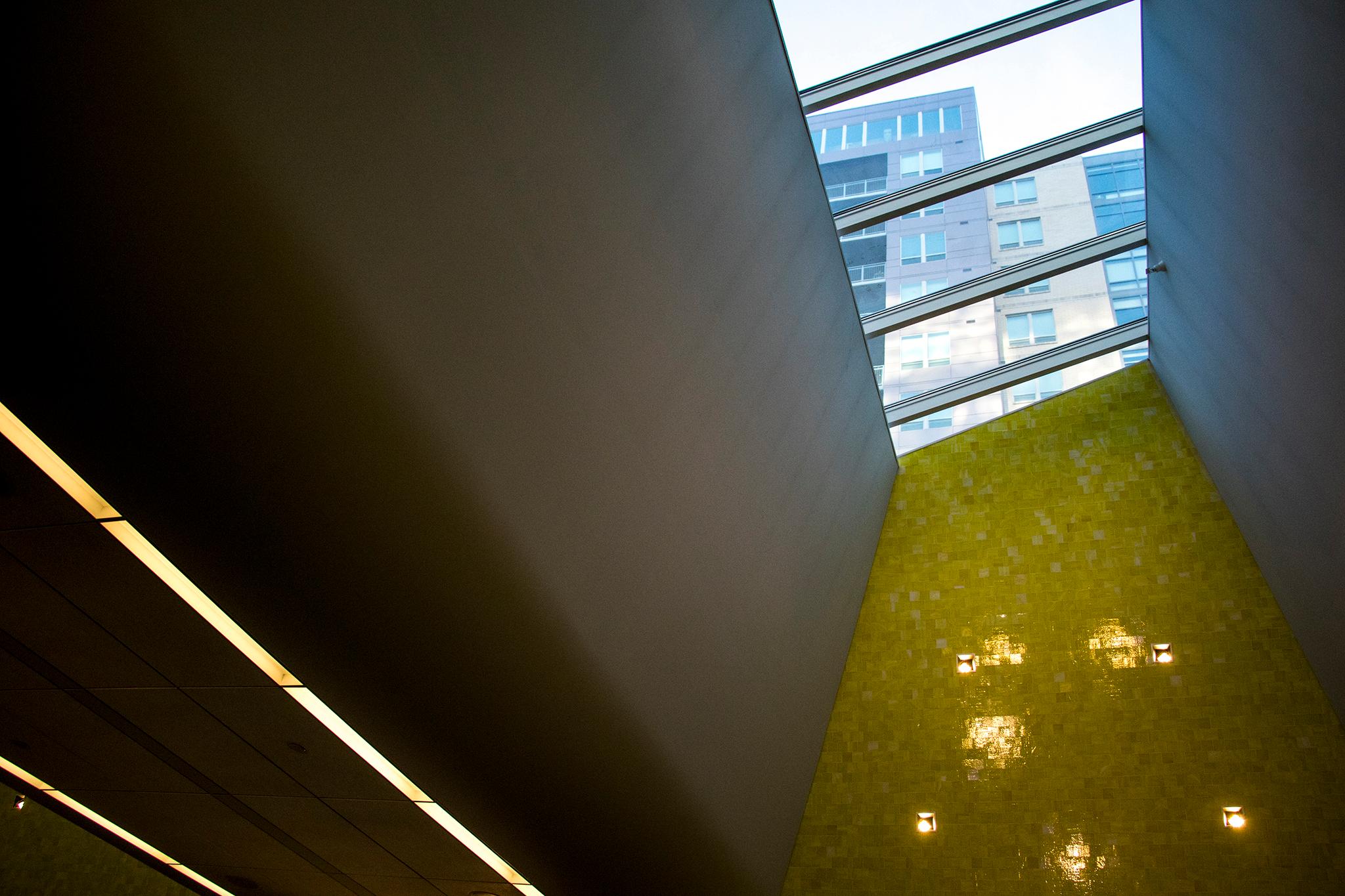
We found Denver's most transit-accessible home at Cadence Union Station, a luxury high-rise at... Union Station.
I hope the person or people who live in apartment 312 at 1920 17th St. use RTD, because they live closer than anyone else in the city to Denver's best transit. Union Station is the terminus and origin for 26 frequent rail and bus lines that will help you get anywhere RTD goes. And apartment 312 is smack in the middle of all of them.
We didn't go full transit-race, but Kevin and I did some trial runs at the Cadence. Accounting for hallway footsteps and elevator time, we found no home closer to the transit oasis than 312. Some homes exist closer to light rail lines (C, E, and W), and some exist closer to commuter rail lines (A and B). But 312 is equidistant from both.
(The apartment building across the way, atop the Whole Foods, was a nonstarter -- its side entrance and maze-like floor plan took it out of the running. And the other green blob on the Observatory's map doesn't connect to as many lines.)
If someone lives in 312, no one answered the door when I knocked to congratulate them on their incredible apartment selection and extract some quotes. I left my card and a note, so I presume they will call, profusely apologize for missing the midday house call, and beg to be quoted. Too late, lucky transit person.
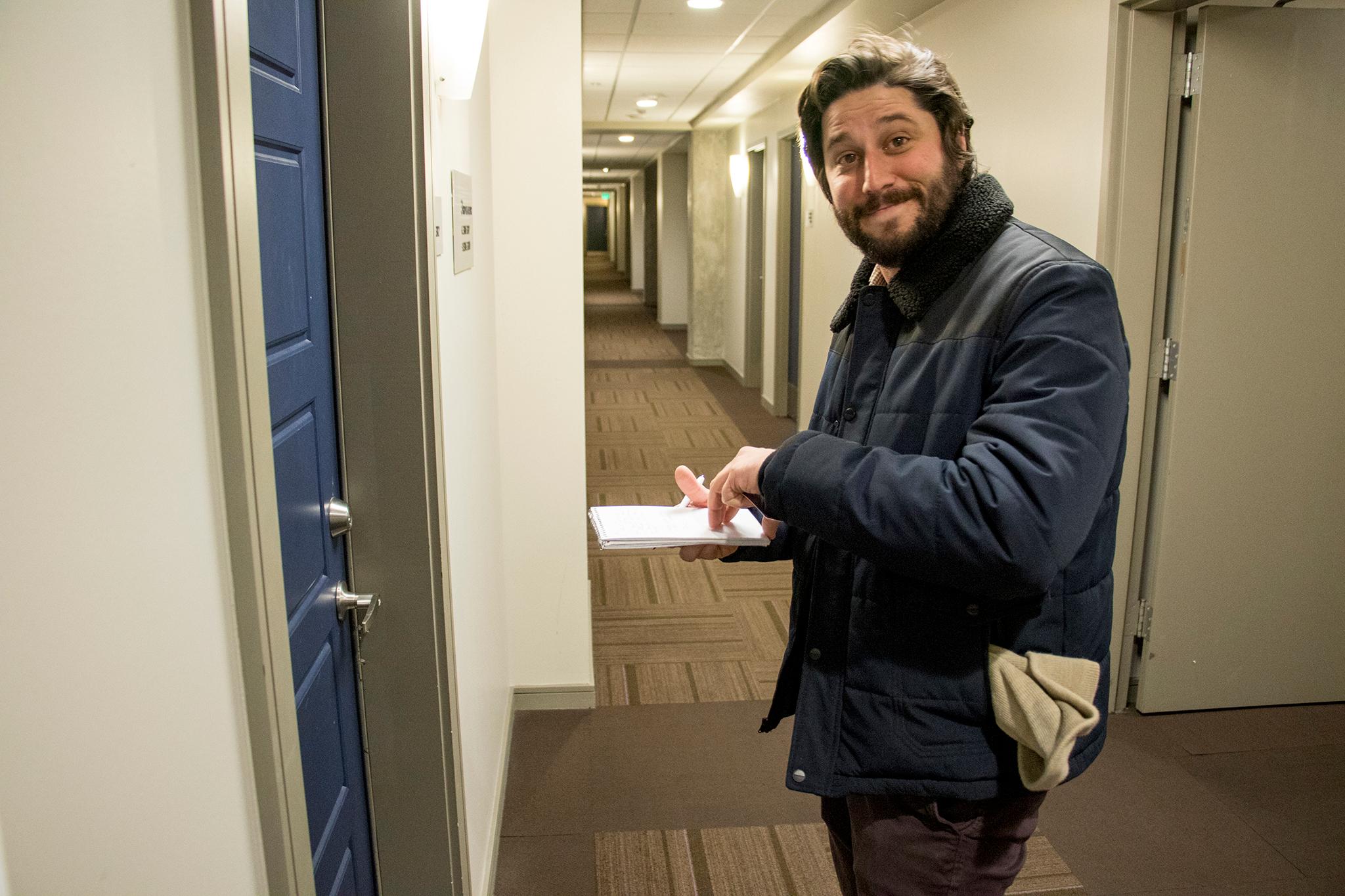
The city's worst transit-oriented homes were less easy to find. But we think we found them.
Owen and Murphy narrowed the worst transit blocks down to three places: Fort Logan, a neighborhood in -- yes! -- southwest Denver, a gated community in Windsor in east-central Denver, and a few spots in Montbello and Green Valley Ranch.
A lot of stats go into ranking transit: frequency, distance to and from the stop, whether the speed is fast and reliable (rail) or dependent on traffic (any bus without a bus lane). But neighborhood knowledge can't be replaced, so I pored over maps, counted houses, and found the most inconvenient homes in the most inconvenient neighborhoods. We knocked on all of their doors.
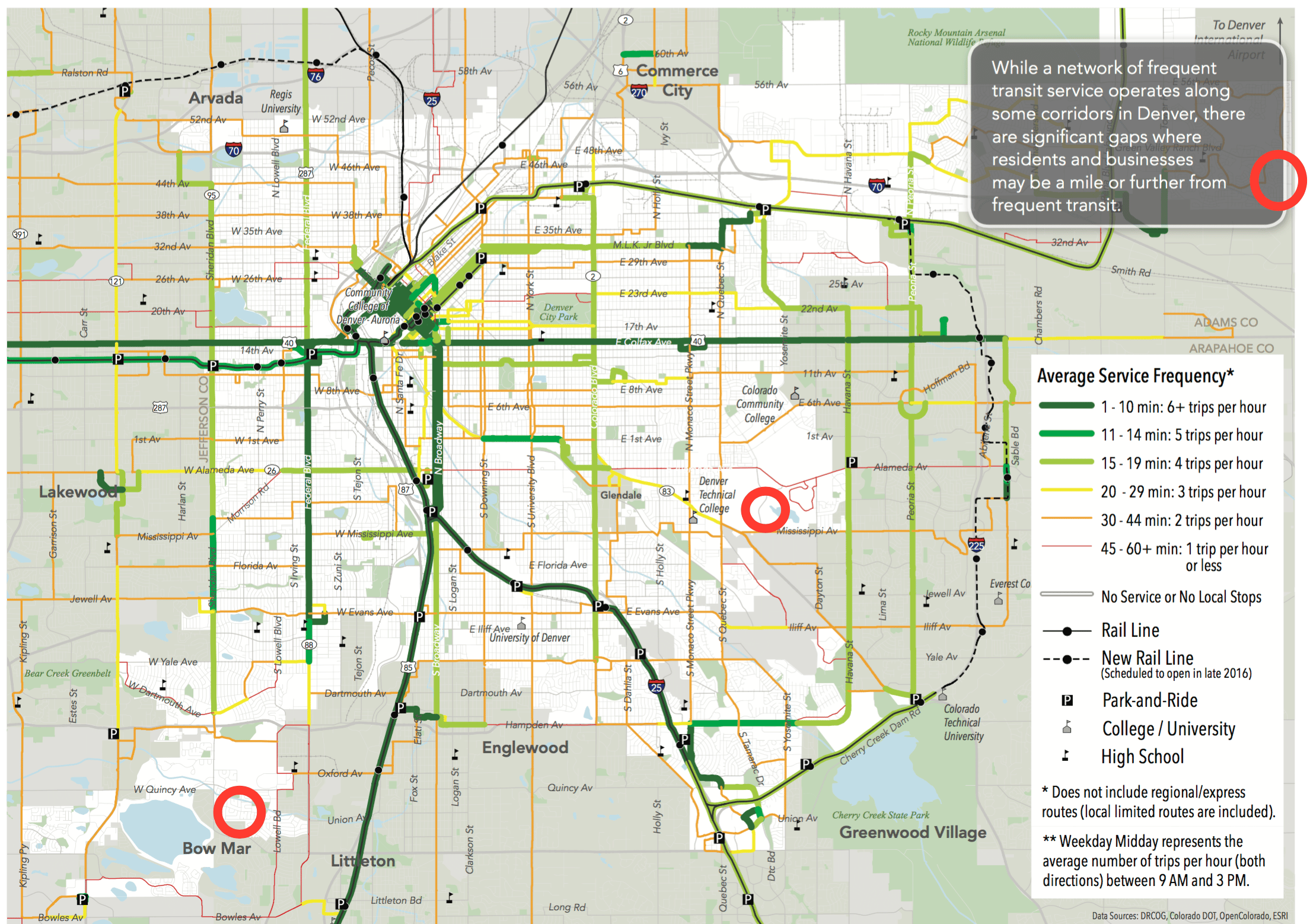
One of the worst transit-oriented homes was at the corner of Tufts Avenue and Utica Street in the Fort Logan neighborhood. It has just two bus lines surrounding it, which come twice an hour at their peak, but sometimes don't run at all. The closest stops are a meandering mile away.
"We don't use the bus no more," said Ruth, who lives at the corner and would not give her last name. Her husband, Gene, "would've loved to have more because he used to have to walk all the way down to Bear Creek to catch it."
Ruth said a bus once stopped right at her corner! But neighbors complained about smog and noise, and the line was cut.
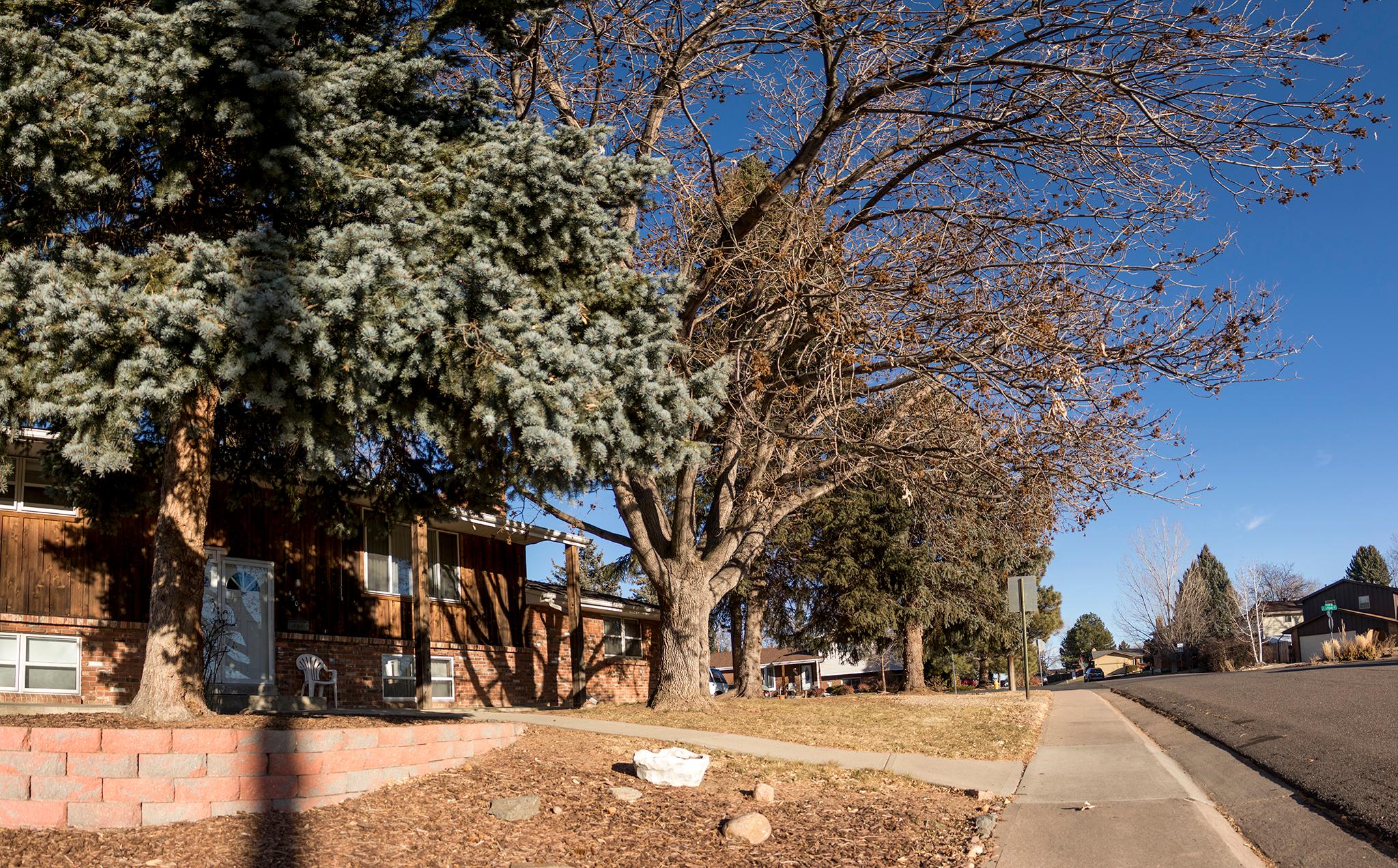
Deep in the maze-like cul-de-sacs of Green Valley Ranch, a house near 41st Avenue and Netherland Street is in the thick of northeast Denver's transit desert.
This one's a close second in my book. It's got one bus line, the 42, that comes every half-hour at its peak. The A Line, the closest high-frequency line, is more than three miles away.
"I don't take transit. I would like to -- we're big on the environment -- but I haven't done it yet," said Ta'via Cook, who lives in a home nearby. She and her aunt Ali Paledino joked about getting bicycles to ride to the A Line. They ultimately decided the bicycles would have to be heated to make things work.
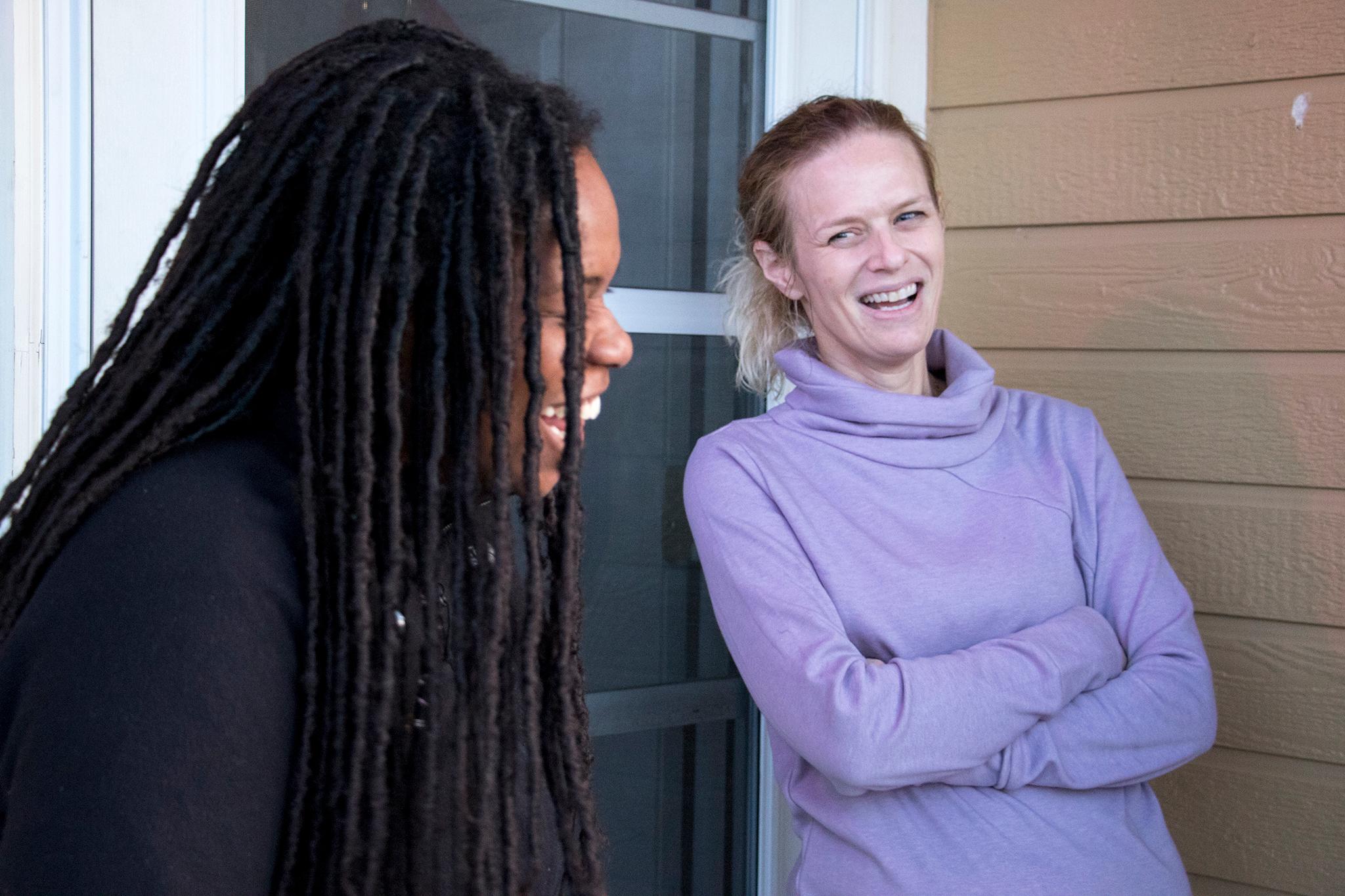
A home in Windsor is second-worst, because buses are literally banned from the streets.
Katie Bueschelman lives in the gated community of TAVA Waters in the Windsor neighborhood. We got in, but buses can't. The streets are private. Bueschelman would take a train if it was closer, she said, because she has a CollegePass. But she thinks buses are gross.
"I probably should take transit but buses are a little bit ew," Bueschelman said. "My fiance keeps saying that the train is a viable option, but it's too far, and that's why I own a car."
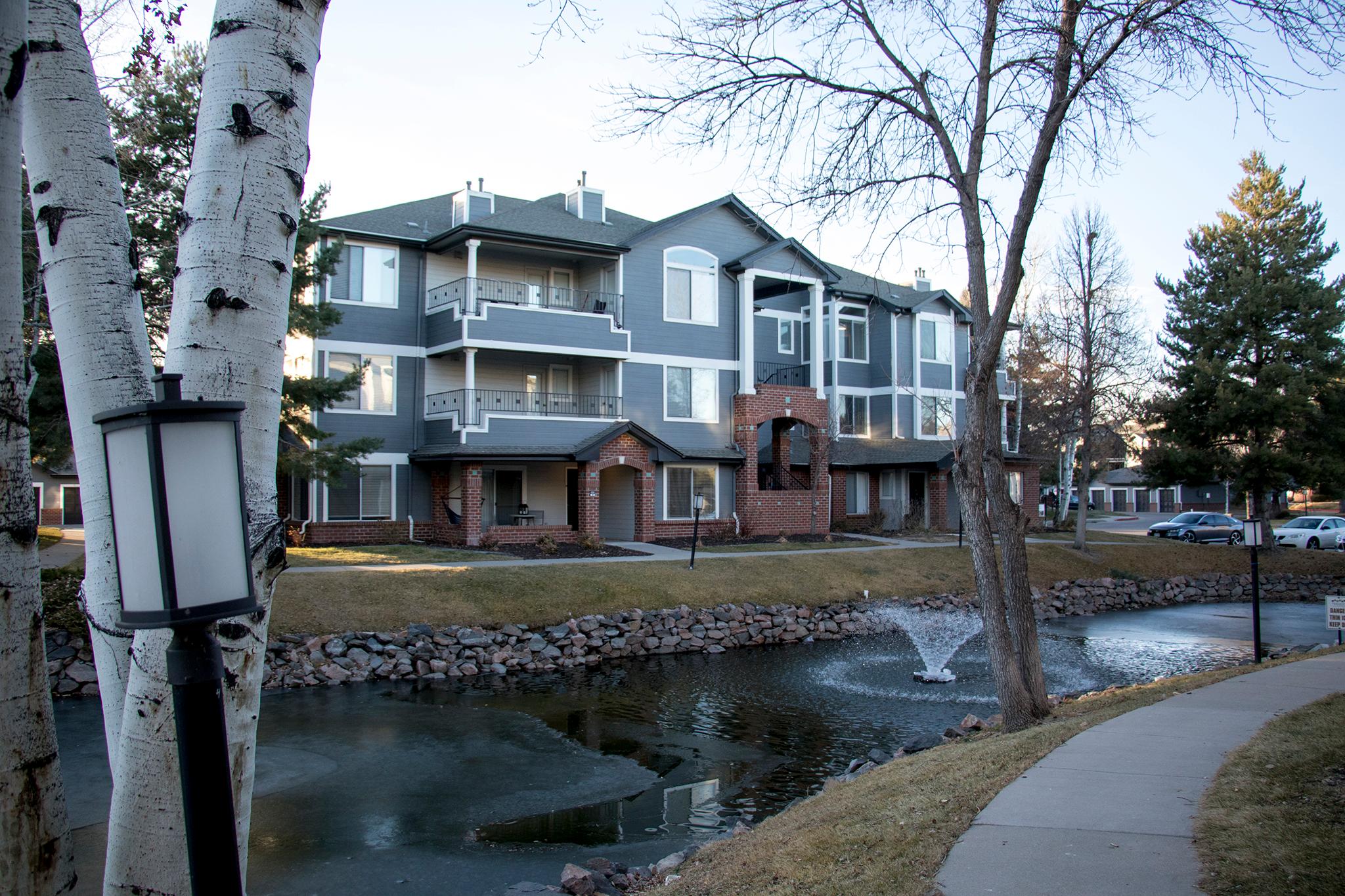
Bueschelman's condo has three bus lines in the general area, one of which comes every 15 to 20 minutes at its worst, transit maps show. The stops could be pretty close or pretty far, depending on how embedded you live behind the gates.
That's it. Those are (probably) the best and worst homes in Denver for transit. Come at us if you disagree!

